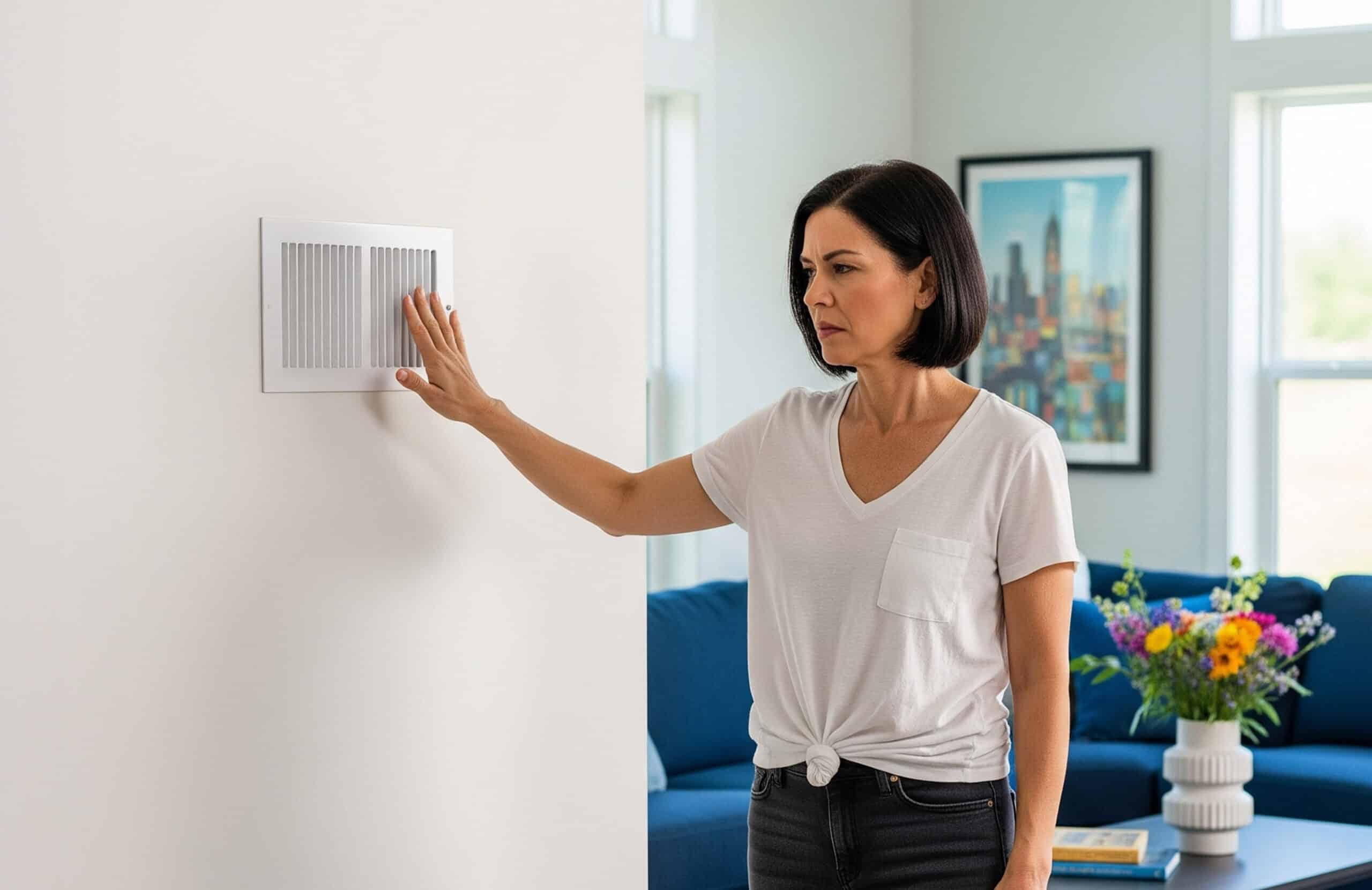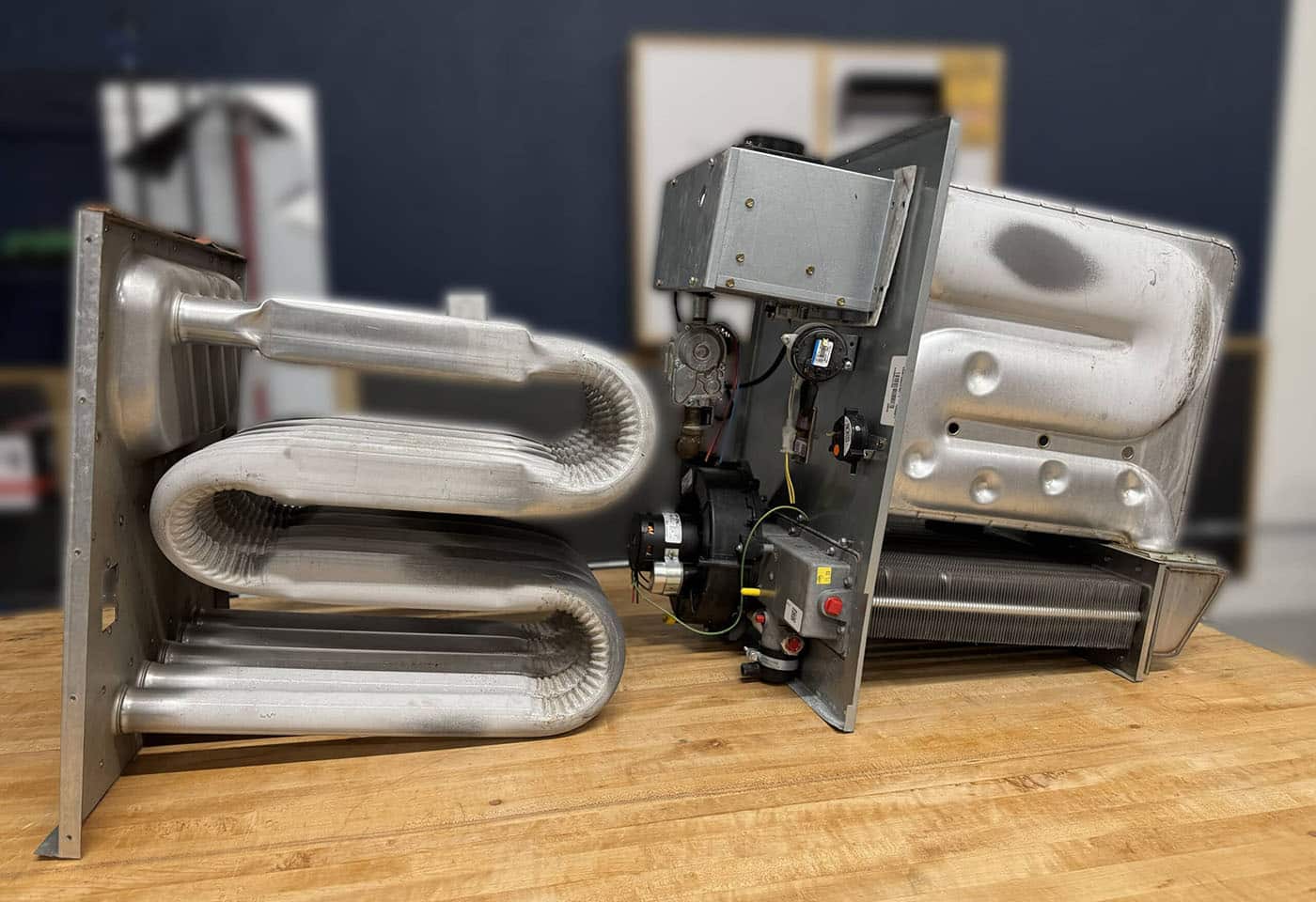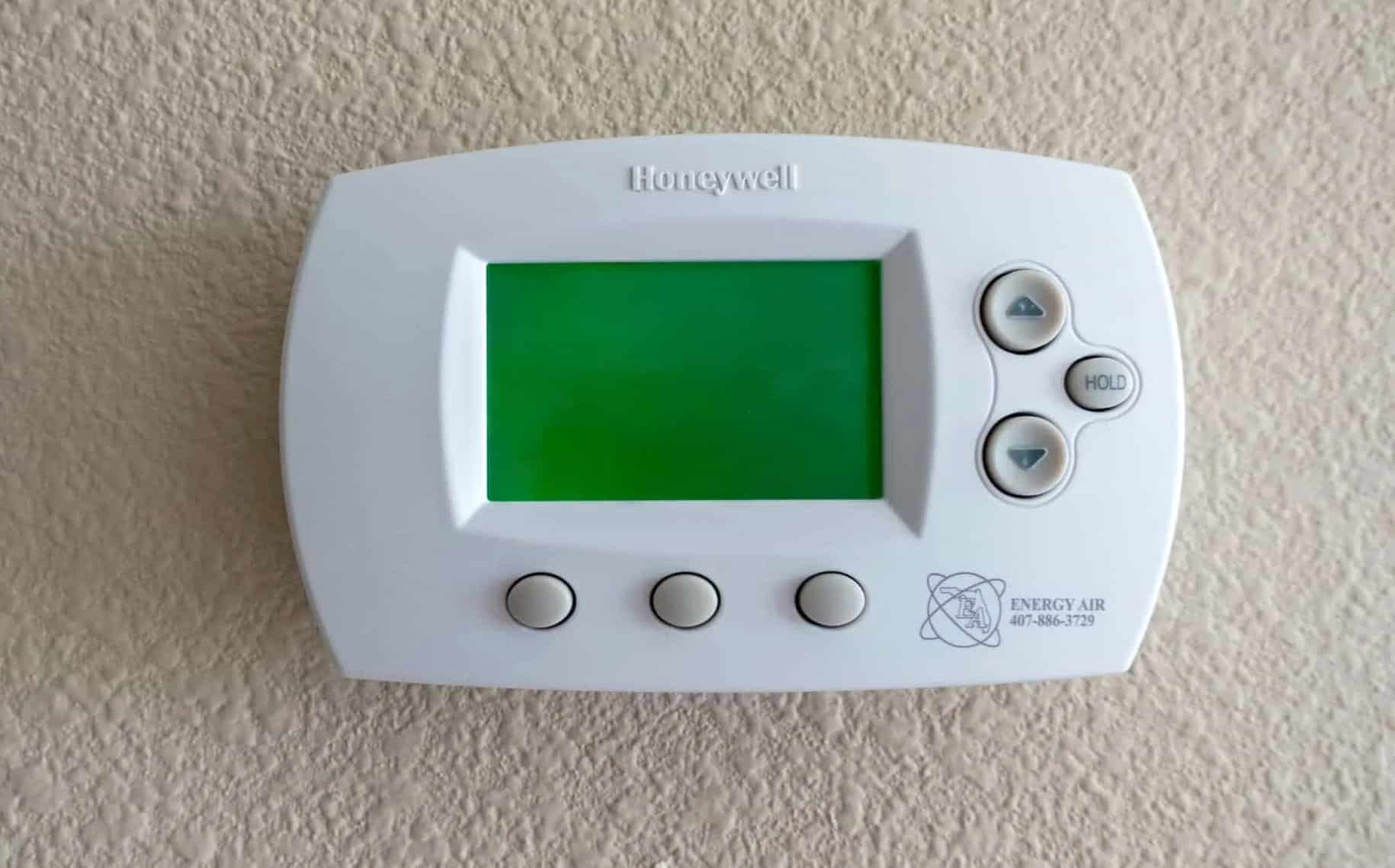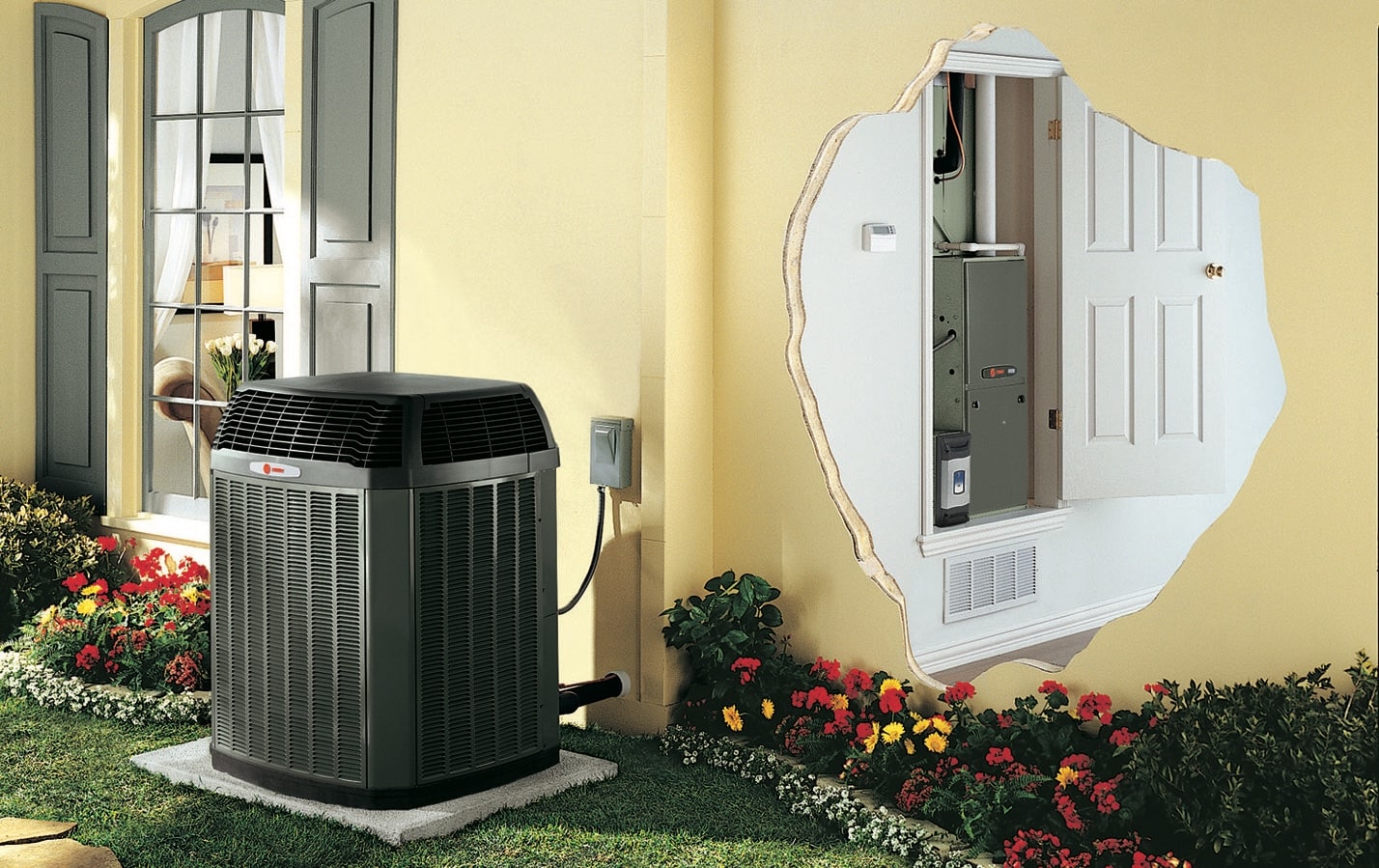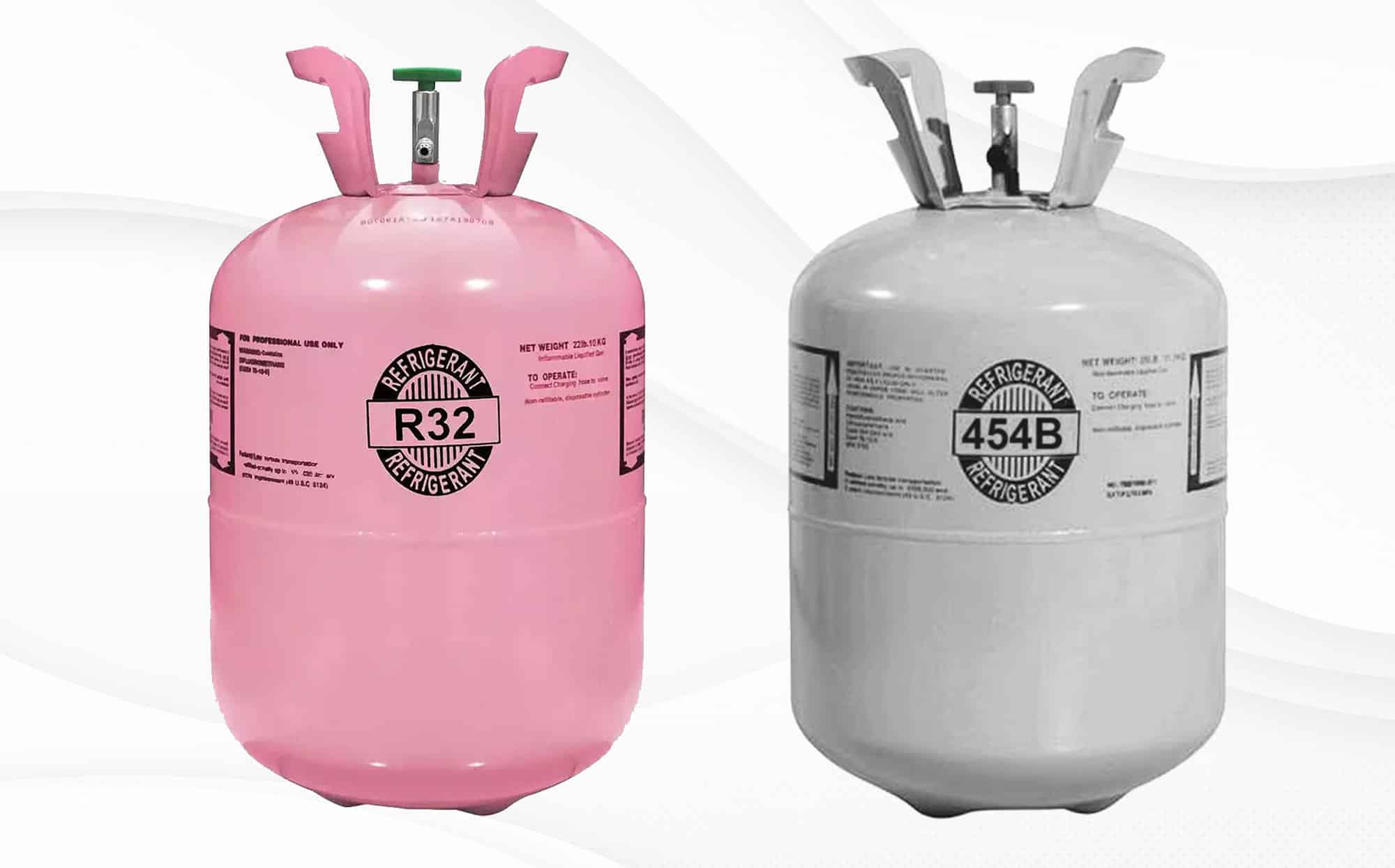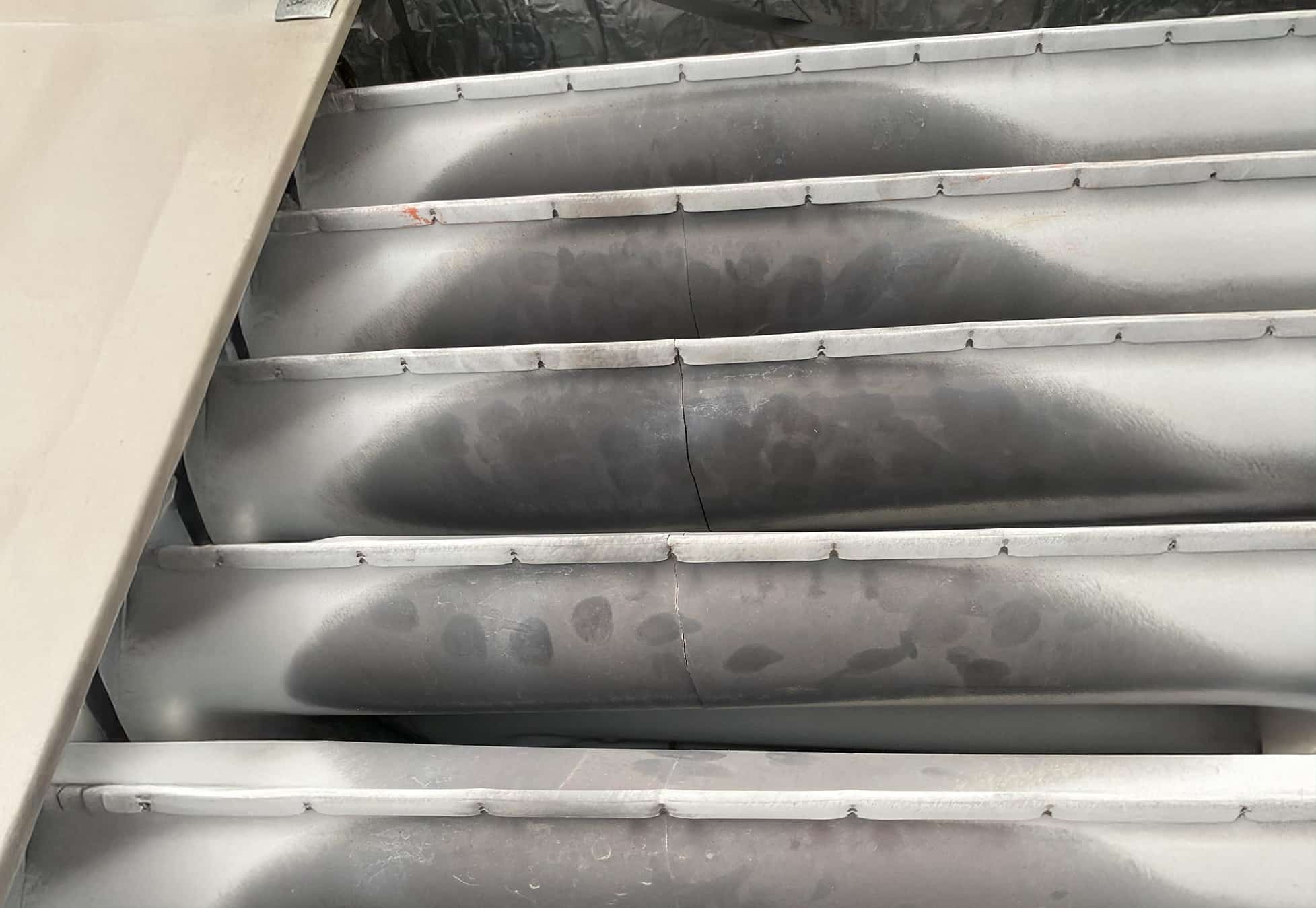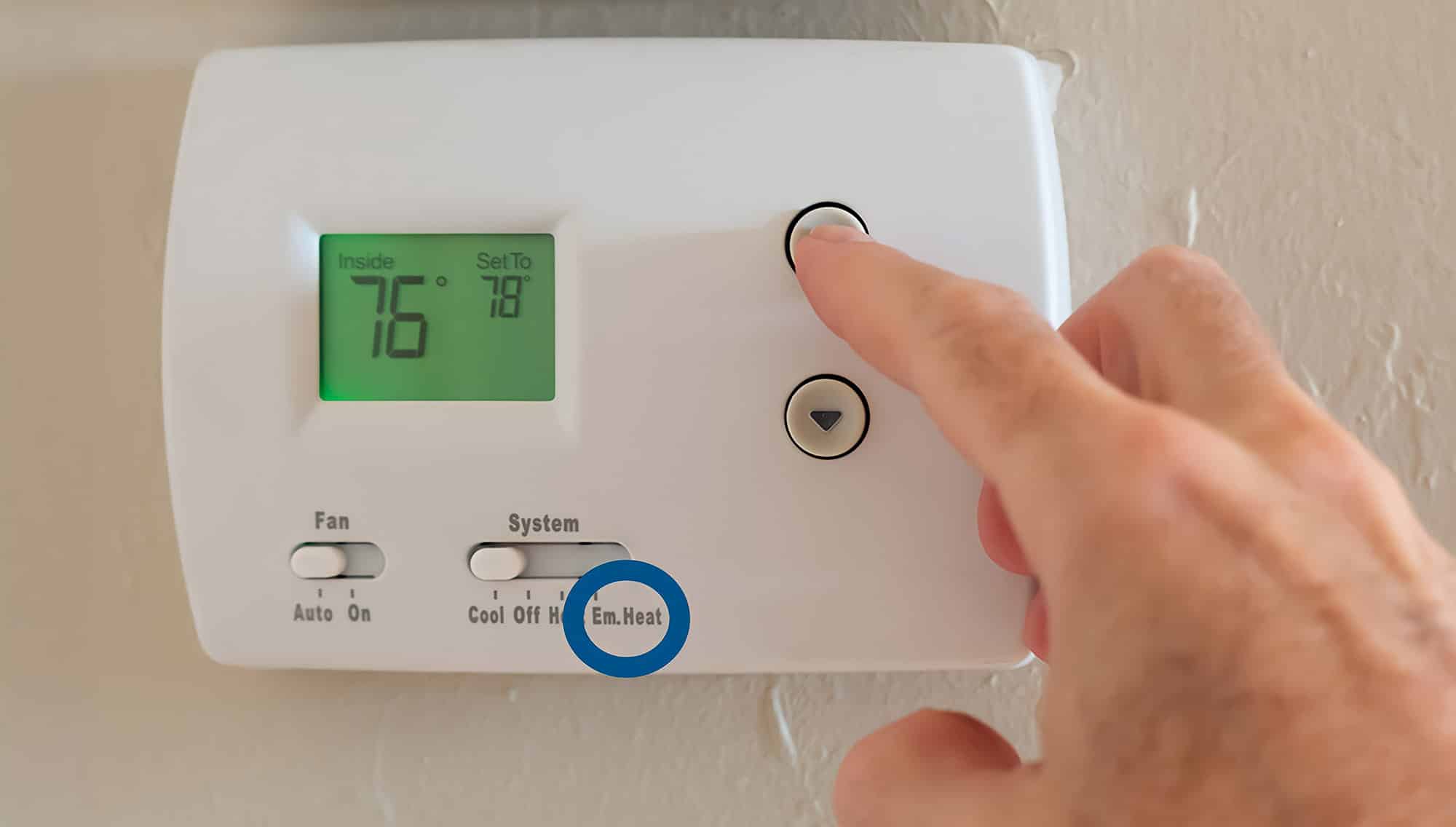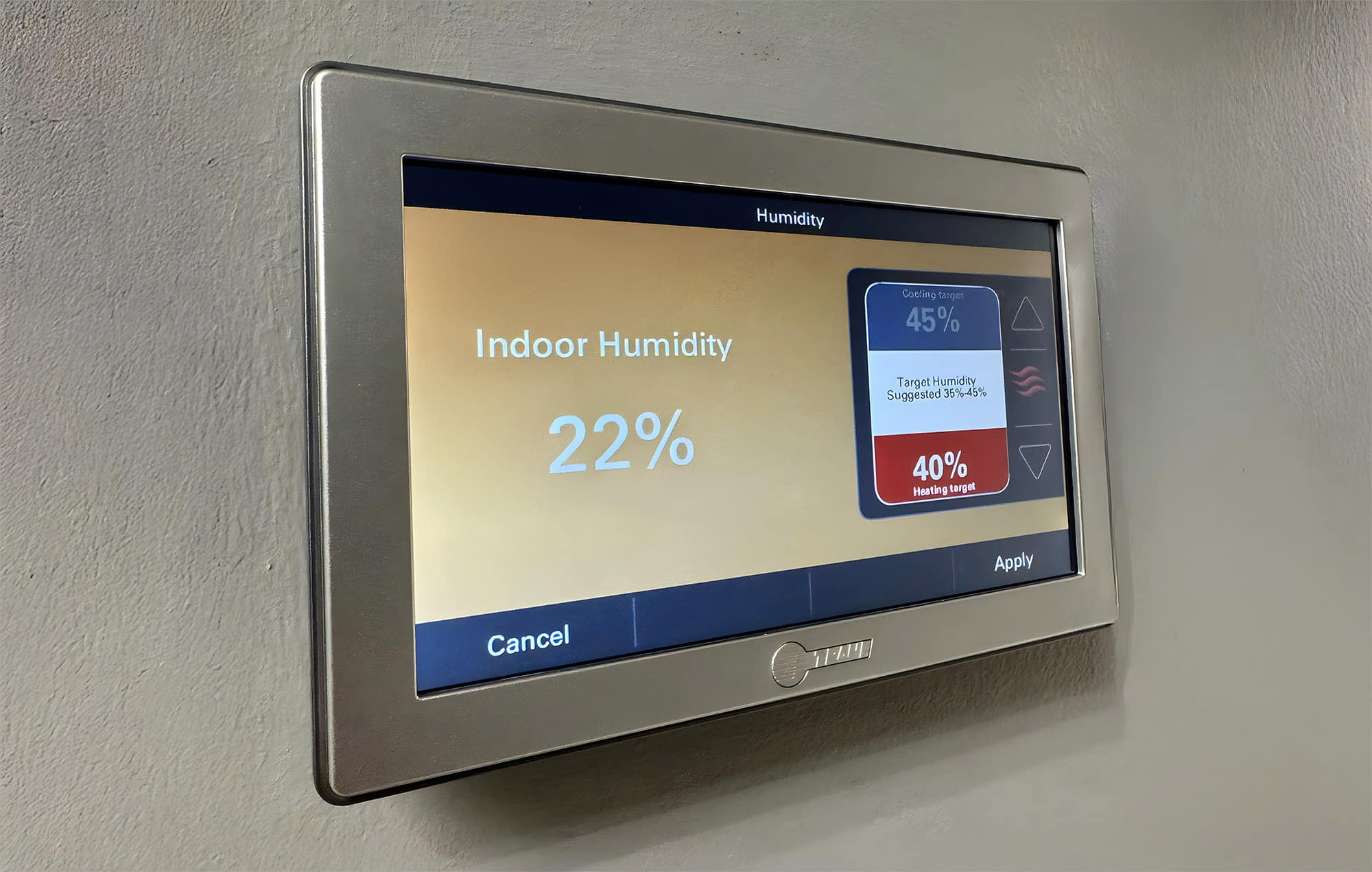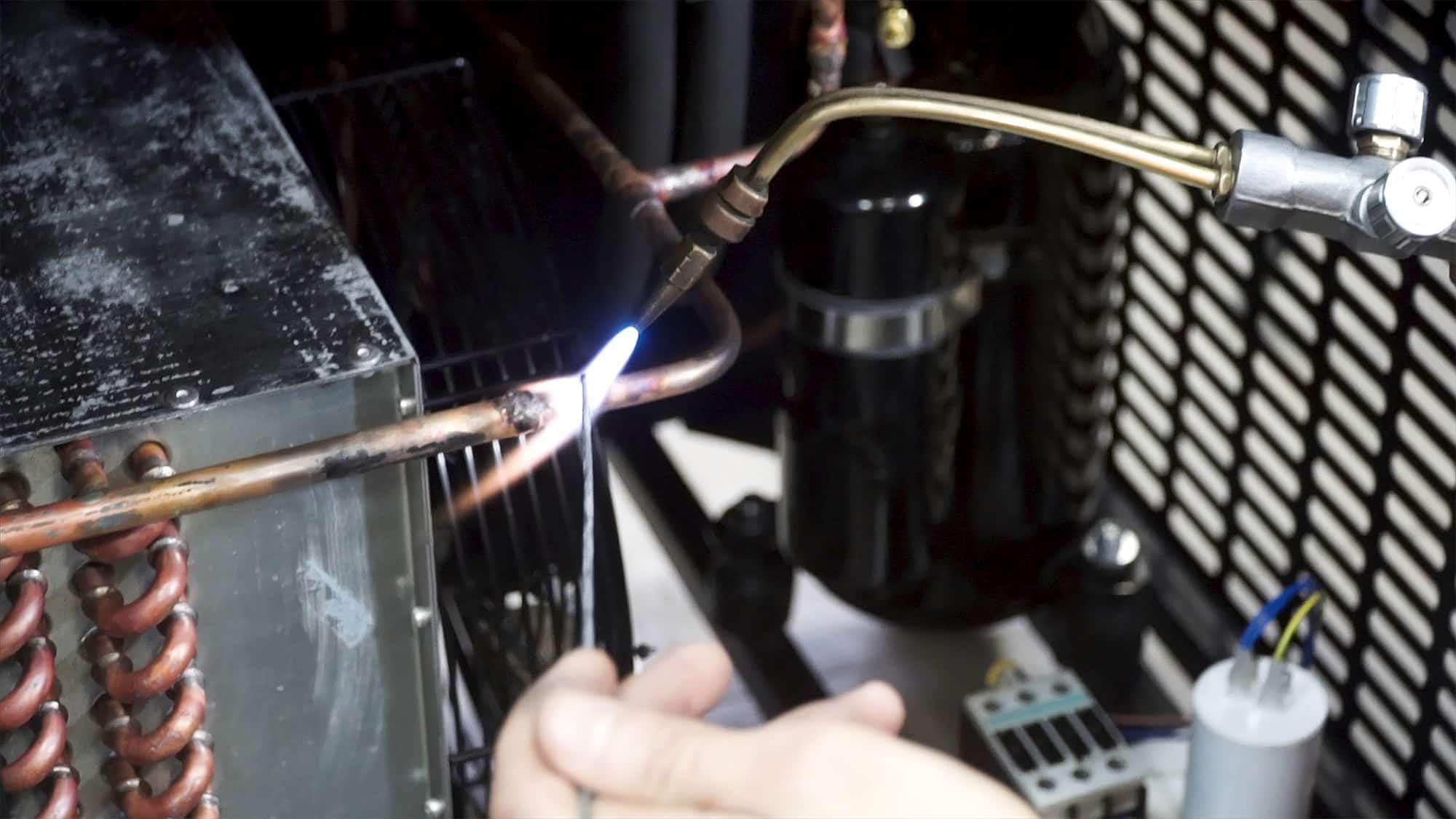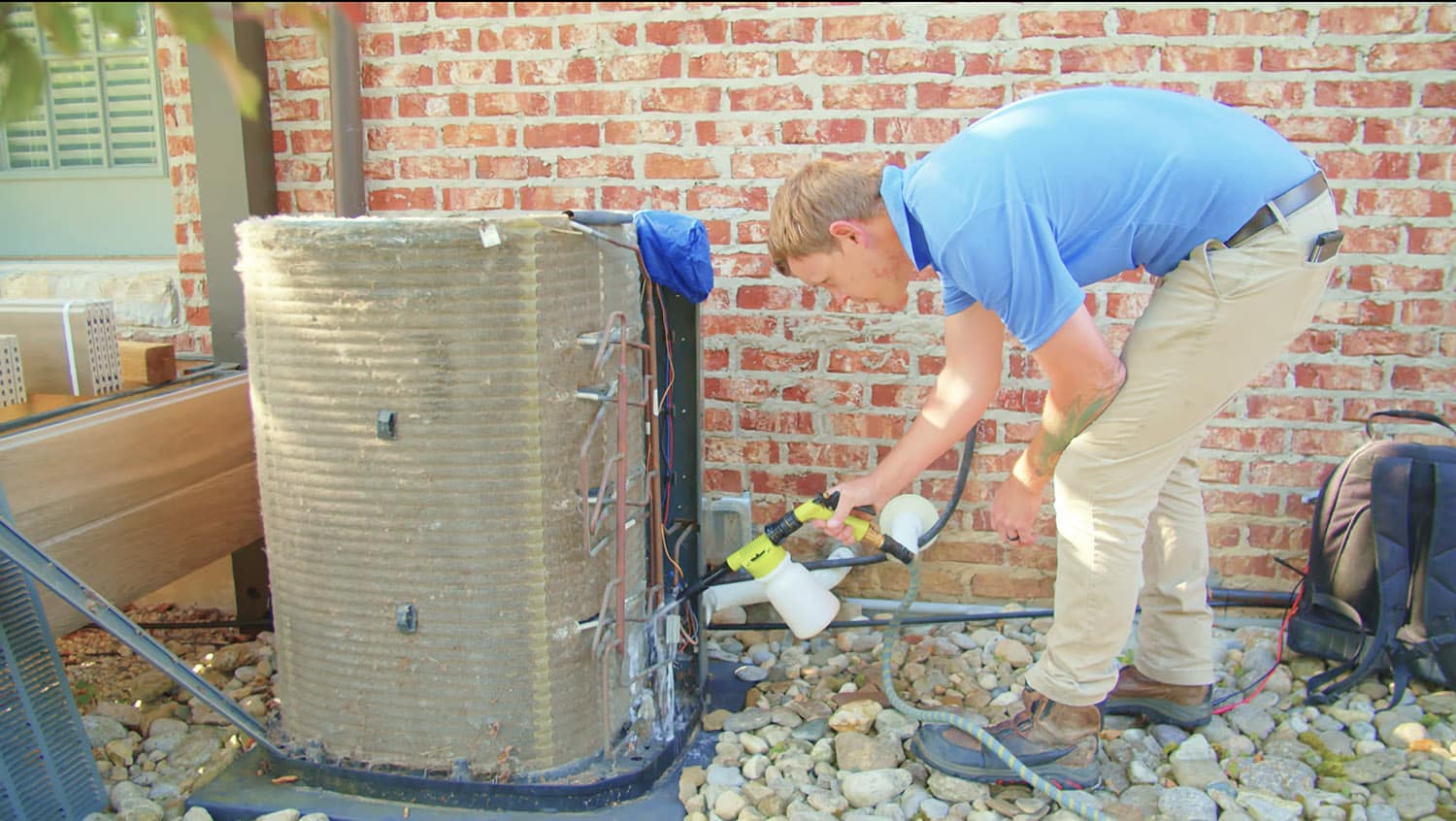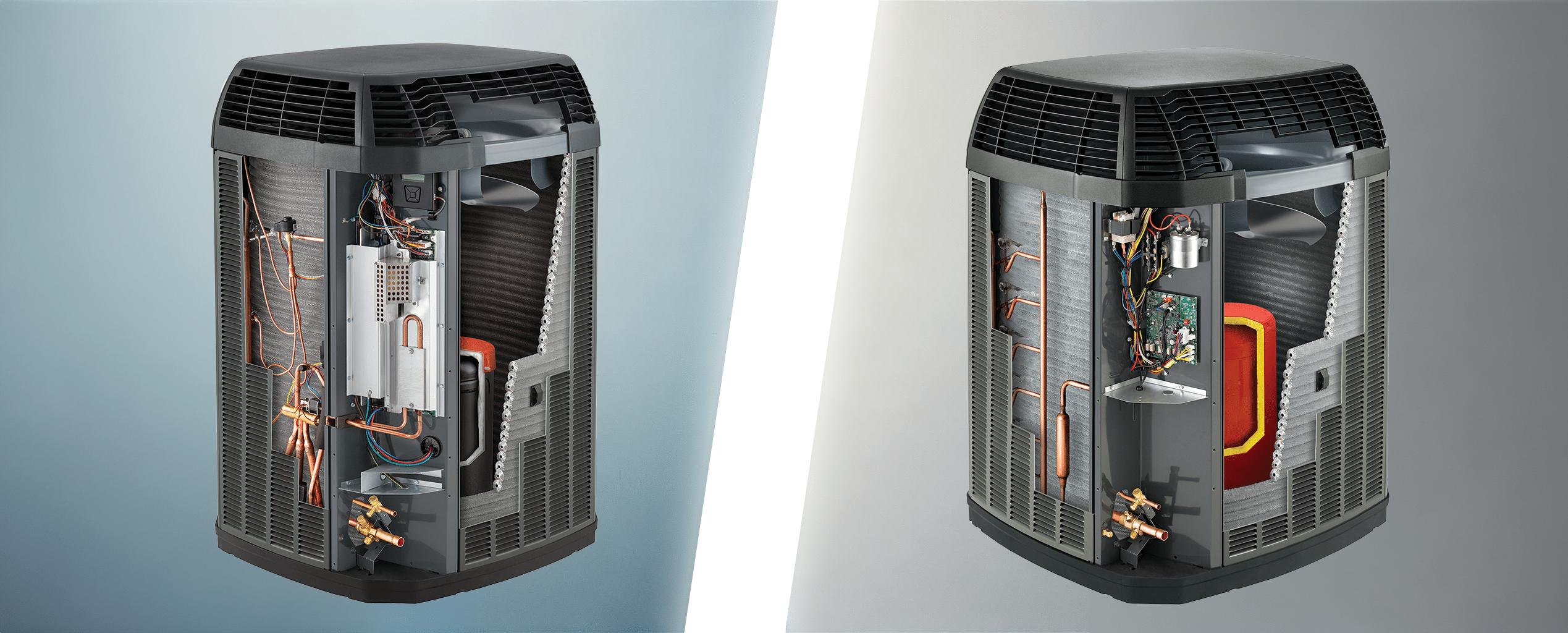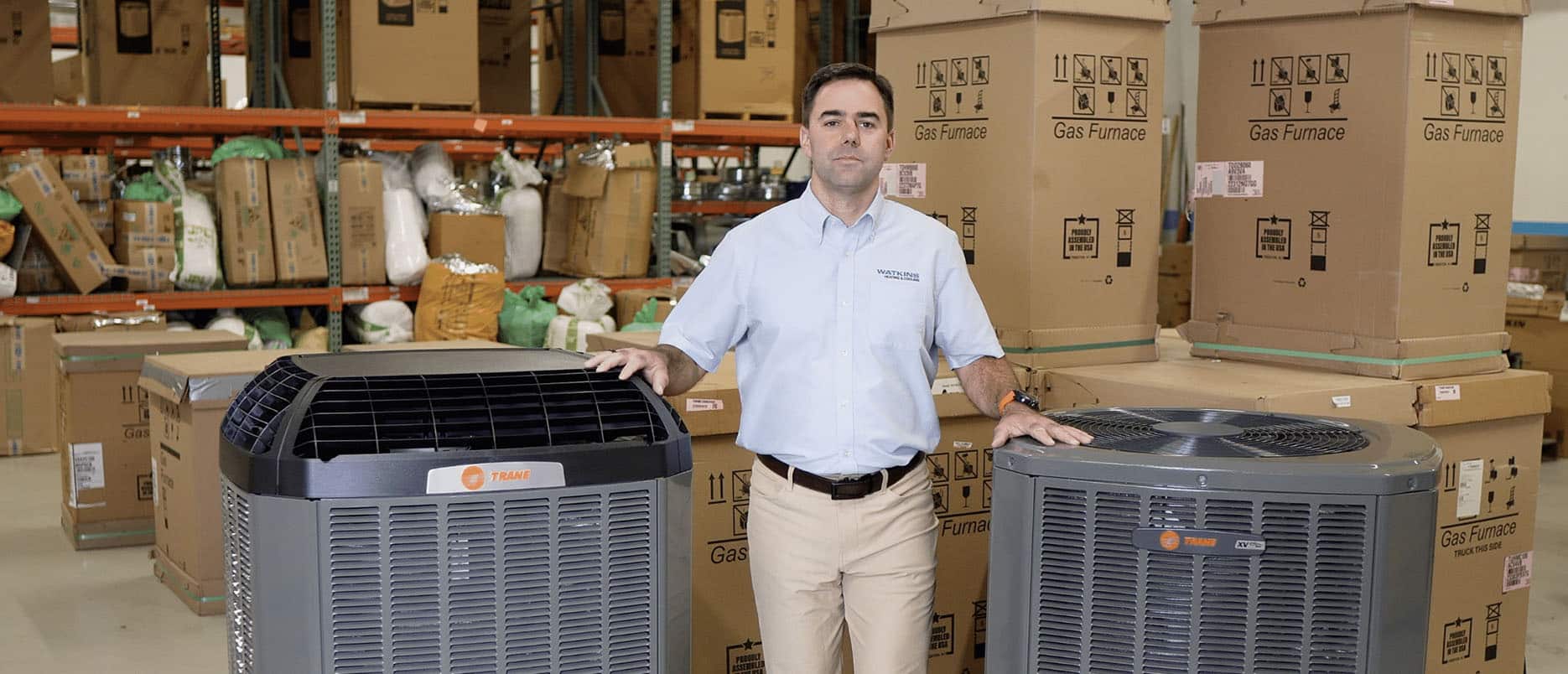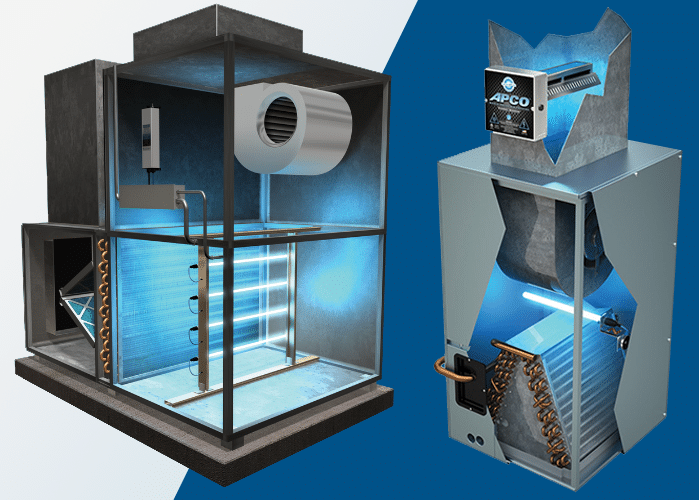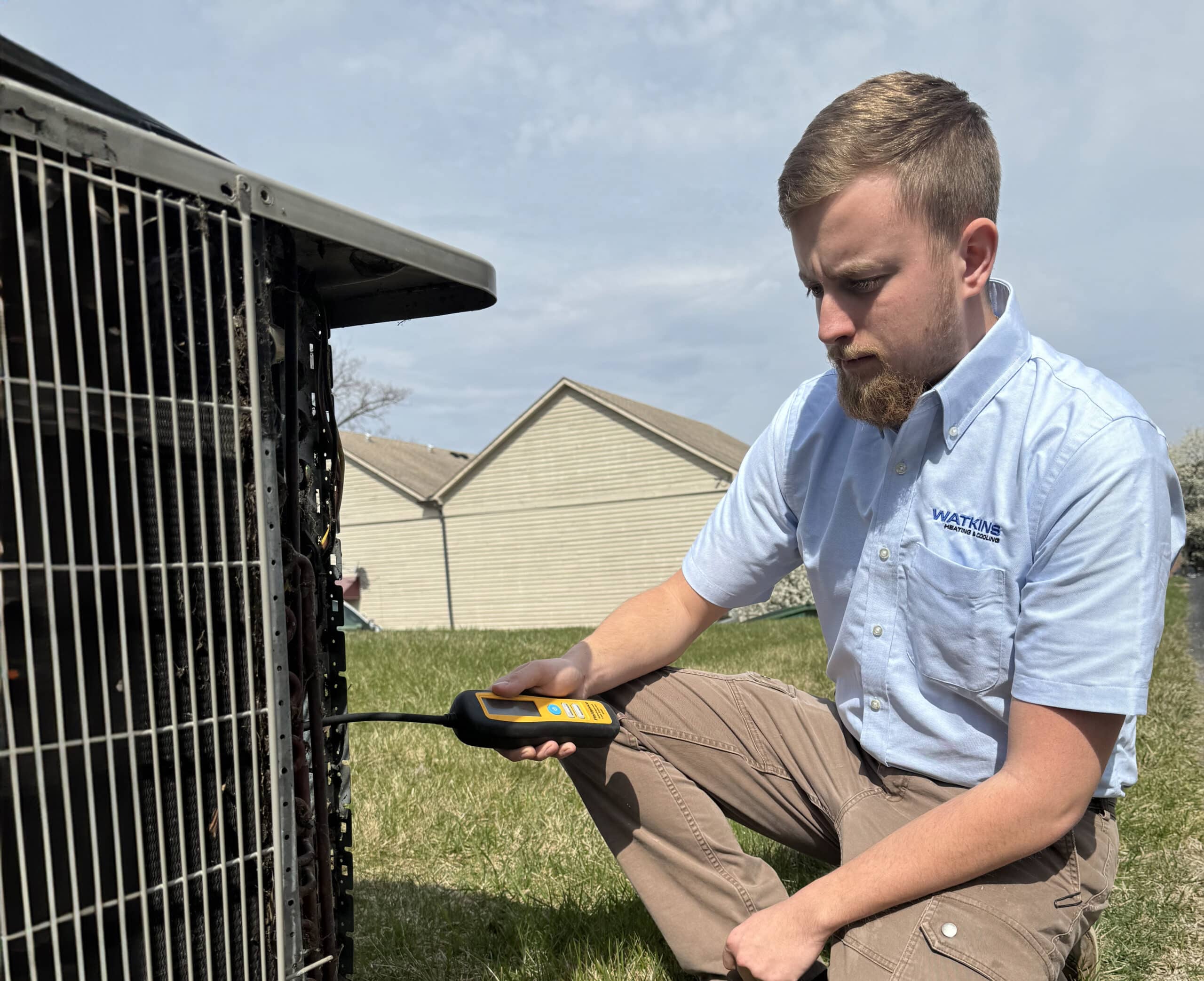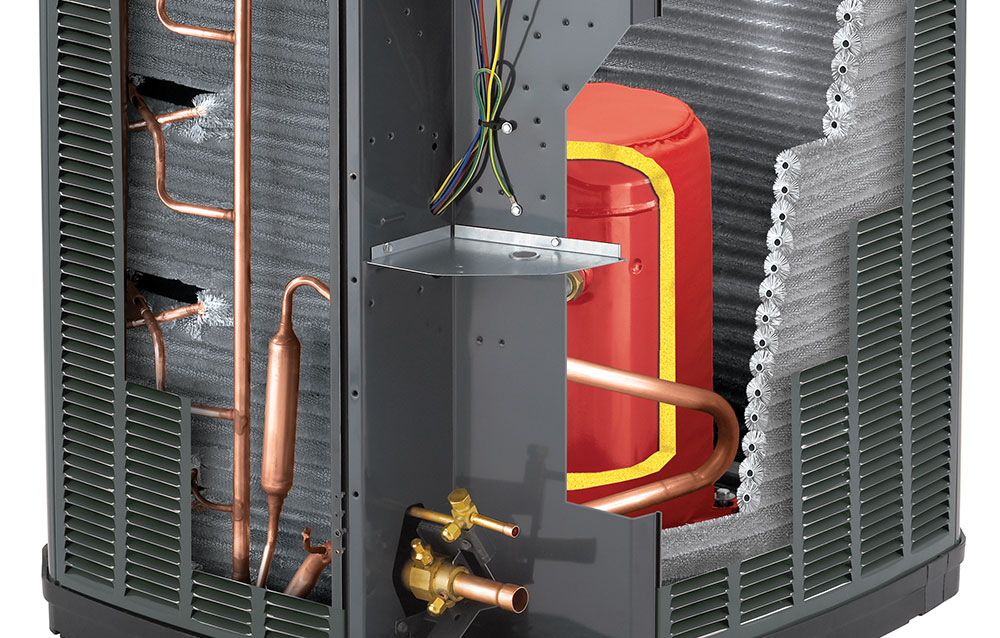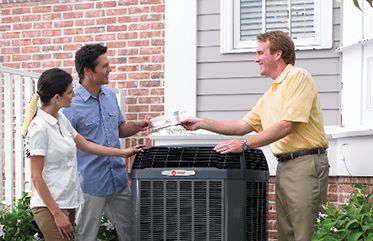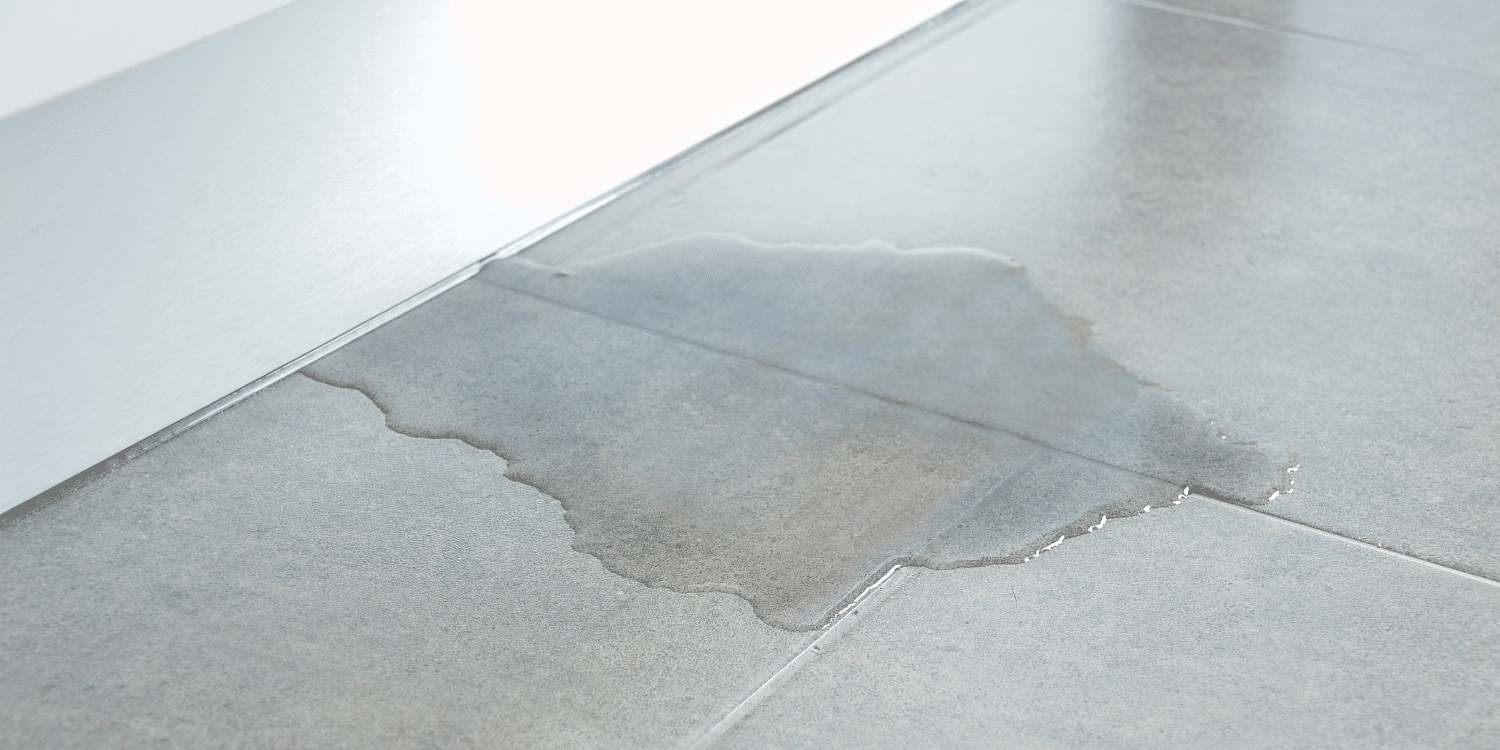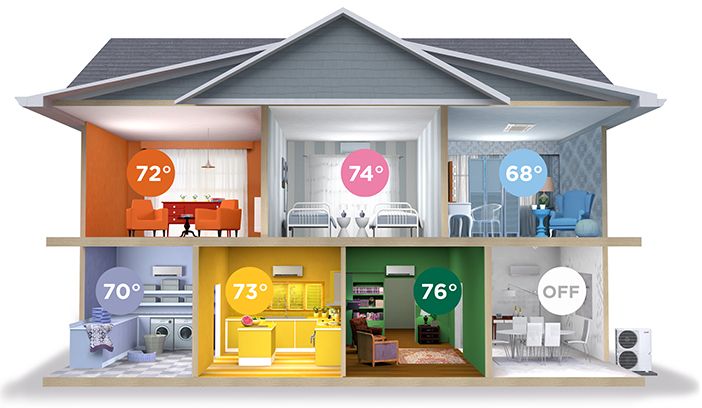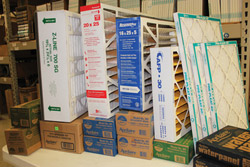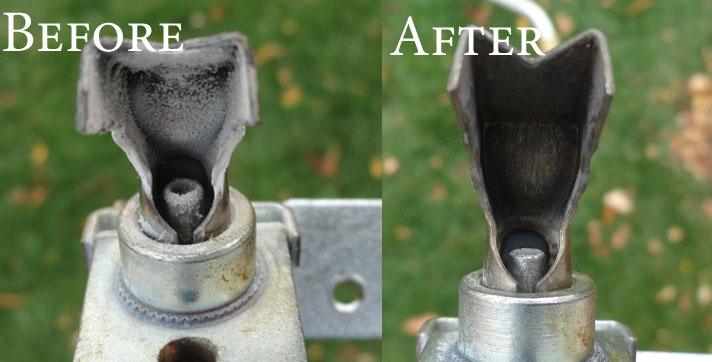Want to lower your heating and cooling costs? Heat pump technology currently leads the push toward better home energy efficiency. it’s key to understand how heat pump efficiency changes with different climates and how it compares to other heat sources. Unlike traditional furnaces that burn fuel, heat pumps use electricity to transfer heat from outdoors. This means offering 3-4 times better energy efficiency compared to burning electricity for heat in a resistance heater. In this article, you can learn more about how a heat pump works here.
What Factors Affect Heat Pump Efficiency?
Since it captures and transfers heat from outdoors, heat pump efficiency varies directly with outdoor temperature. In contrast, traditional heating systems generate heat by burning fuel, operating at a fixed efficiency year-round, no matter the weather. Because of this key difference, we use different metrics to measure heat pump efficiency.
Here are the key efficiency ratings used to measure heat pump performance:
- SEER2 (Seasonal Energy Efficiency Ratio 2): Measures cooling efficiency during the cooling season.
- HSPF2 (Heating Seasonal Performance Factor 2): Measures heating efficiency average across a typical winter season.
- COP (Coefficient of Performance): Compares heat energy produced to the electrical energy consumed. Measures “spot efficiency” at a specific outdoor temperature.
A high-efficiency heat pump operates at 300-400% efficiency in mild weather, down to about 100% when winter gets frigid. By comparison, a modern gas furnace is about 95% efficient. It may seem like the heat pump is the clear winner, but natural gas is much cheaper than electricity in Ohio.
In addition to varying efficiency, heat pump capacity or heat output varies with temperature. They perform best in moderate weather but need backup heating in extreme cold as their output drops.
💡 Side Note: Environmental impact is another factor. While heat pumps have a lower carbon footprint than electric resistance heating, much of Ohio’s electricity still comes from coal. This means their carbon emissions are still about twice as high as heating with a natural gas furnace.
Heating Capacity: Heat Pump vs. Furnace
Heat pumps are incredibly efficient, using thermal energy from the air instead of burning fuel. In mild weather, they can deliver up to four times more heat than the electricity they consume. However, their heat output drops in colder weather, while furnaces generate steady heat year-round.
The chart below illustrates that, while a fossil fuel furnace always produces the same amount, the capacity of a heat pump changes with outdoor conditions. Also, with colder weather, your home needs more and more heat. Where these two curves cross, we find the thermal balance point.
Heat Pump Thermal Balance Point Chart
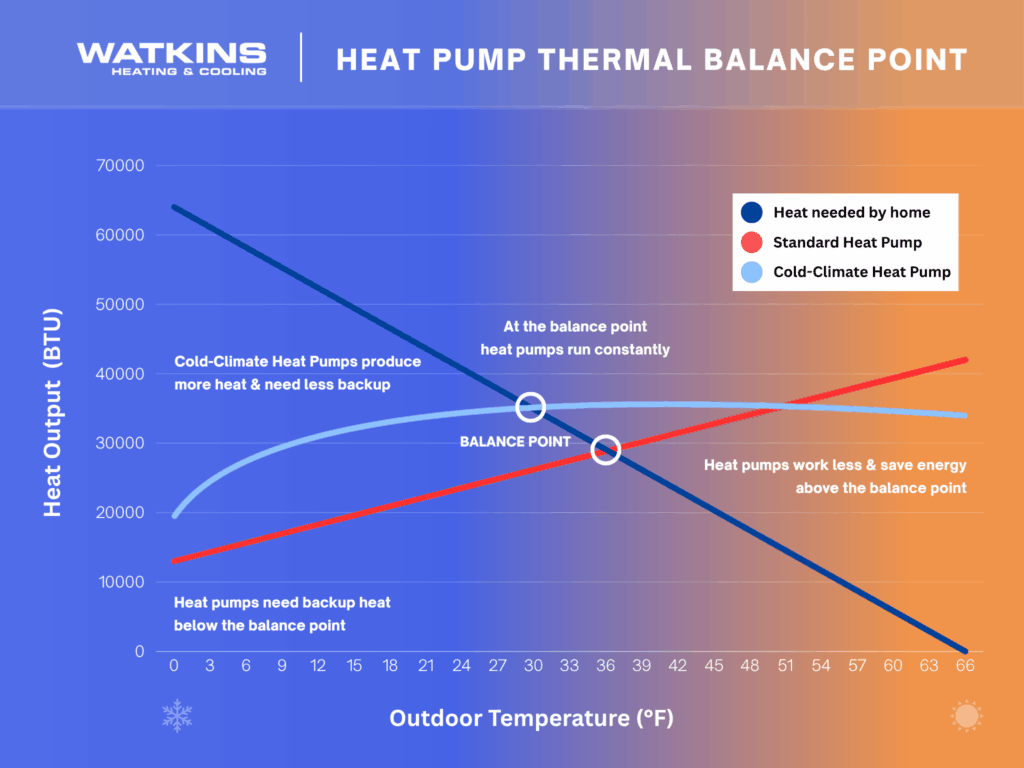
The thermal balance point is the temperature at which a heat pump’s output matches the home’s heat loss. When outdoor temperatures drop below this point, the system needs an additional heat source to maintain comfort. Typically a resistance heater is seamlessly integrated with the system and we call it either backup, supplemental, or strip heat, and your thermostat controls it automatically.
As temperatures fall, your home loses heat more quickly, and the heat pump has to work harder. When temps drops below the thermal balance point, the system runs at full capacity but still isn’t enough to meet demand—this is when backup electric heat runs WITH the heat pump to keep your home toasty.
In the chart above, you’ll see a second performance curve for cold-climate heat pumps. The new technology uses variable speed compressor that go into turbo mode when temperatures drop, squeezing more heat out and significantly raising the capacity on cold nights. This reduces use of expensive backup heat and has a major impact on your utility bills.
📊 What This Chart Tells Us:
This breakdown shows how capacity changes with outdoor temperature:
- Above the balance point (35°F+) → The heat pump runs efficiently, cycling on and off as needed, and handling all heating needs without backup.
- At the balance point (30-35°F) → The system runs at full capacity and nearly continuously, matching heating demand exactly. A properly sized heat pump will maintain comfort without needing much help from the backup heater.
- Below the balance point (0-30°F) → The home needs heat from both the heat pump AND a backup heater. The heat pump will run continuous and the backup heater will cycle on and off as needed.
- Extreme cold (-10°F and below) → Below zero, heat pumps still produce heat, but they really struggle. At -10°F, most heat pumps are no more efficient than strip heat, however you’ll need both running flat out to keep your home warm. In climates with bitter winters, hybrid systems (gas, propane, or oil backup) are often the best solution for reliable, cost-effective heating.
💡 Wondering if you should switch to Emergency Heat when it’s freezing? Read this first! Spoiler alert: Emergency Heat uses electric resistance coils, which are the least efficient option and should only be used if the outdoor unit fails.
Heat Pump Economic Balance Point Chart
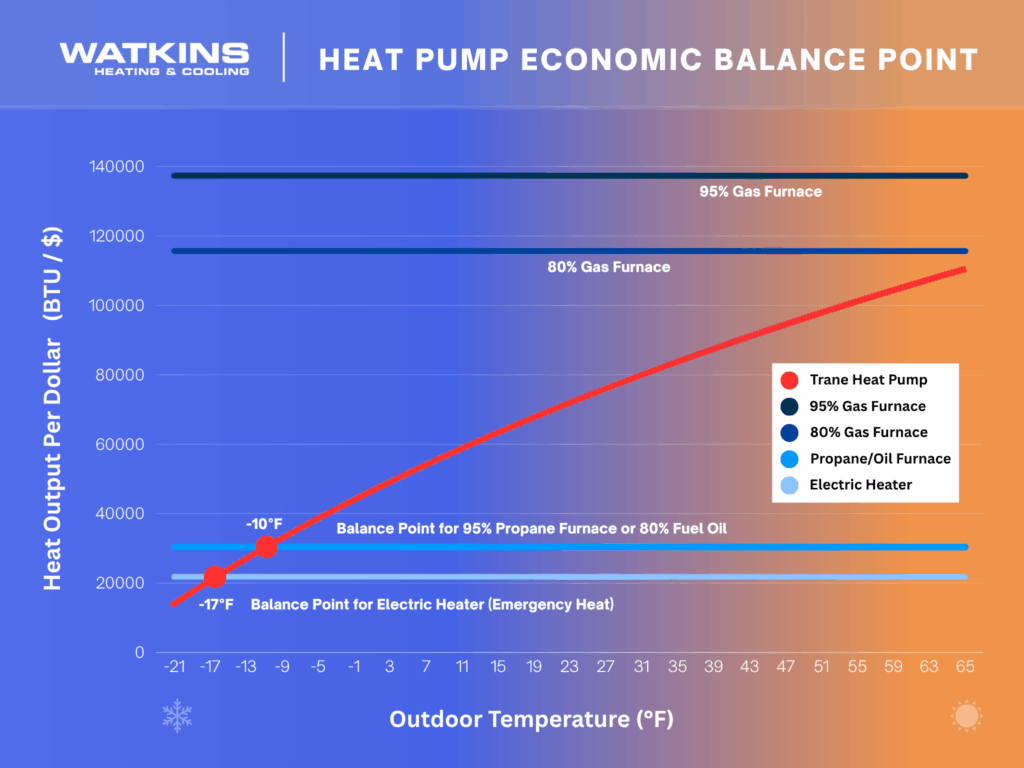
While the thermal balance point tells us when a heat pump needs backup heating, the economic balance point tells us when backup heat becomes the cheaper option. This chart compares various heat sources to the efficiency curve of a heat pump at typical energy prices in Dayton, Ohio.
In mild weather, a high-efficiency heat pump delivers 3-4 times more heat than the electricity it consumes. But as temperatures drop, the system works harder, delivering less heat to the home but consuming the same amount of electricity. While natural gas is cheaper than a heat pump at all temperatures, propane and fuel oil is more expensive until -10°F. This means if you have a hybrid system with propane or oil backup, you should allow the thermostat to switch over to fossil fuel only as needed to maintain setpoint.
This balance point depends on fuel prices. In Ohio, where natural gas is cheap ($0.72 per ccf), a furnace almost always more cost-effective. However, in areas where propane or heating oil are the main fuel sources, heat pumps remain the cheaper option—even in winter.
📊 What This Chart Tells Us:
- At mild temperatures (50°F+), heat pumps are extremely efficient.
- As temperatures drop, efficiency declines, increasing electricity costs.
- Furnaces maintain the same heat per dollar throughout the season.
- Natural gas is MUCH cheaper than propane and oil.
- Electric resistance heating is always the most expensive.
How Heat Pumps Perform in Ohio Weather

This chart uses info from U.S. Climate Data to show how many hours per year Dayton Ohio spends at different temperatures. This helps you visualize how often a heat pump stays in its efficient range, and how much it depends on backup heat.
Why This Matters for Homeowners:
- More than 75% of Ohio’s winter stays within a heat pump’s most efficient range.
- Since backup heating is only needed on a small number of days, a properly sized heat pump remains the most cost-effective option for the majority of the winter.
- Cold-climate heat pumps can extend that range even further, making them a smart investment for Ohio homeowners. Standard air-source heat pumps work best in mild to moderate climates.
Heat Pump Sizing: Why Bigger Isn’t Always Better
It might seem logical to install a larger air source heat pump to handle colder temperatures, but bigger isn’t always better—especially when it comes to energy efficiency and home comfort. Since a heat pump also serves as an air conditioner in the summer, proper sizing is crucial.
In humid climates like Ohio, air conditioners and heat pumps don’t just cool the air – they also remove moisture. In the summer, an oversized heat pump would cool your home too quickly, shutting off before it can properly dehumidify. This leads to:
- Short cycling – Frequent starts and stops, wasting energy and straining the system.
- High indoor humidity – Damp air, increased discomfort, and a higher risk of mold.
- Increased wear and tear – More stress on components, leading to premature failure.
Think of an oversized heat pump like a V-8 engine in a tiny car—it has power, but it wastes energy and doesn’t run smoothly. A right-sized HVAC system runs longer, smoother cycles, it controls humidity better, and it keeps your home comfortable while optimizing your energy bills.
Heat pumps offer energy-efficient heating and cooling, but efficiency depends on temperature, sizing, and backup heating options. Looking for the most efficient heat pump for your home? At Watkins Heating & Cooling, we specialize in helping homeowners maximize comfort while lowering energy bills. Get a free heat pump installation estimate today!
Book An Appointment Online
Use the form below to schedule an appointment or call us at (937) 806-4419




